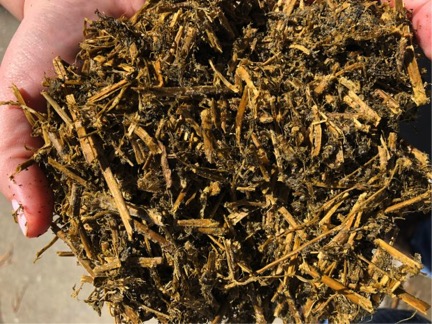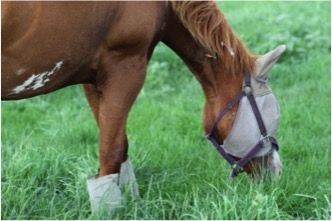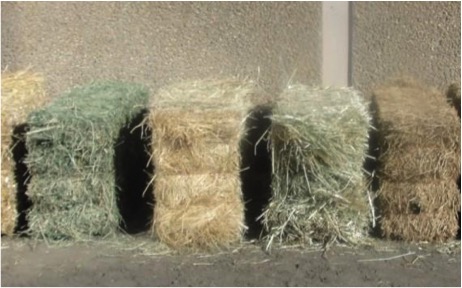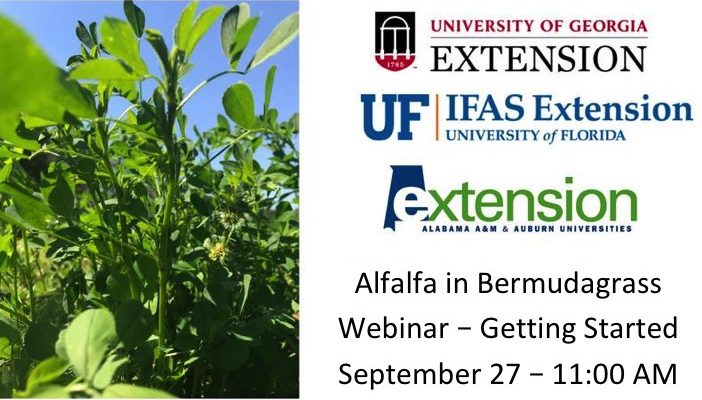caesweb
-
WHEN IS THE BEST TIME TO PUT N ON FESCUE? July 2019– Progressive Forage Grower Magazine Article Dennis Hancock, PhD. | Professor and Extension Forage Agronomist, Univ. of Georgia Every spring, there is a chorus of calls and emails “when is the best time to put nitrogen (N) on tall fescue?” The answer that I…
-

Authors: Krishona Martinson, PhD, University of Minnesota and Dennis Hancock, PhD, University of Georgia. Photo Credit: Aubrey Jaqueth, PhD, University of Minnesota Question: Since baleage is becoming more readily available, I’m wondering what your thoughts are on feeding it to horses? Should horses be vaccinated against botulism if feeding baleage? Is warm weather feeding of baleage…
Posted in: Uncategorized -

From the January 2019 Issue of the University of Minnesota Extension – Horse Newsletter…. Research Update: Evaluating Glucose and Insulin Levels in Grazing Horses Forage is a primary part of the horse’s diet and is often fed in the form of cool-season grasses, legumes or warm-season grasses. These forage types differ widely in their nutritional…
-

From the January 2019 Issue of the University of Minnesota Extension – Horse Newsletter…. CHOOSING ALTERNATIVE FEEDSTUFFS By: Marcia Hathaway, PhD, University of Minnesota Horse owners may be exploring alternative feedstuffs due to high hay costs, poor quality hay, and/or challenges associated with finding sufficient quantities of hay. When possible, quality hay should make up a…
-

How is the recent weather affecting the Georgia hay crop? Similar to weather conditions in 2013, excess rain from May to July of 2018, followed by an August drought, have led to tremendous variation in the 2018 hay crop. Beef cattle producers in the Southeastern U.S. need to be on the lookout for cows experiencing…
-
If you have Incurred Losses as a Result of the Devastation of Hurricane Michael, PLEASE READ BELOW Dr. Jennifer J. Tucker, Asst. Professor, UGA CAES Tifton Dr. Dennis W. Hancock, Professor and Forage Extension Specialist, UGA CAES Athens Dr. R. Lawton Stewart, Jr., Assoc. Professor and Extension Animal Scientist, UGA CAES Athens Dr. Jacob R. Segers,…
-

Join us for a FREE Webinar that will discuss tips and tricks of establishing alfalfa into bermudagrass. It will provide valuable information for anyone interested in putting in alfalfa this fall! And the best part is…. you don’t even have to leave your house!